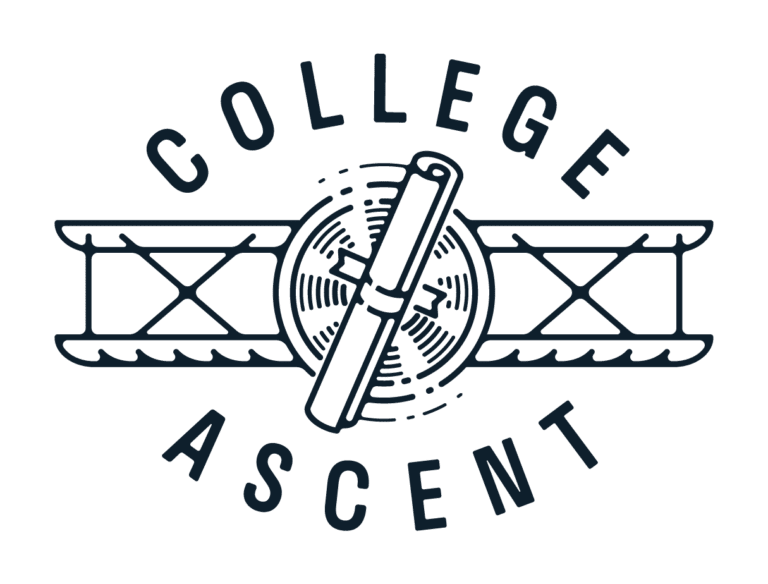The most common denominator amongst my students is that they want to attend college out of state. My current crop of juniors lives across the United States. Despite where they grew up, they are seeking a new experience that they don’t think they can find close to home.
My class of 2021 was no different. Each of them created a college list that primarily included schools outside of their home states. However, this class was unique in that 99% of them, despite being admitted to their top out-of-state options, chose to stay close to home when making their final college decision.
It turns out that my group of graduates were making the same decision that many students across the United States made in 2021 – their unique experiences with COVID-19 correlated directly to shifting attitudes about their college experience.
A shift closer to home
In June, two surveys were released that explored this shift. One survey was done by America’s Promise Alliance. As reported in Inside Higher Education, this study was conducted in March and April 2021 among a nationally representative sample of 2,439 high school students. Overall, approximately four out of five 11th and 12th graders reported that COVID-19 affected their plans after high school at least a little bit, with almost one in five reporting their plans were impacted a great deal. The report concludes that the pandemic had a direct impact on this group of students. From the report:
“Broader influences including the nation’s economy, disruptions to the higher education landscape, and looming public health concerns have imposed a great deal of uncertainty on students’ lives after graduation.”
– America’s Promise Alliance study, March/April 2021
Mostly, students decided to stay closer to home or adapt their four-year plans. One-third (34%) of young people report changing their plans to attend college closer to home and one-quarter (24%) plan to attend a two-year instead of a four-year institution. Some young people (7%) report that they no longer plan to attend college, and 16% say they plan to attend college later.

Of the 11th and 12th graders who said their plans had changed, nearly half said that their plans have changed due to financial (47%) or family reasons (45%). One student from my class of 2021 was accepted into business schools at American, George Washington University, and multiple West Coast public universities. He was adamant that he would not stay close to home. But, when he did the math and factored in his plans to attend law school post-graduation, he chose a local school…at about a $100k savings over his top choice.
An additional study from Strada surveyed 1,212 high school seniors. As reported in Inside Higher Education, this survey had similar results:
- 35% of students say they will choose a less expensive program, 31% are looking for options closer to home, 21% a different major, and 18% a shorter program
- 69% of disrupted graduates still believe that additional education would help them get a good job and 63% believe they would be successful, but only 45% believe the benefits of education would exceed the costs
Keep your options open
What does all of this mean to students who are exploring their college possibilities? As I always tell my juniors, don’t eliminate your options! If we learned anything from the last year, it was that life can be unpredictable. Even without a global pandemic, it’s hard to predict major life changes – loss of job, illness, mental health struggle – that might make a student reconsider going too far away from home or paying additional out-of-state fees. For all my students, I highly recommend (ok, I force them) to add one or two in-state colleges to their final college list.
Action items
Here are my tips to adding these schools to your list without creating too much additional work:
- Find schools that use the Common App or other general application that you are already completing
- Look for schools that don’t have additional supplemental essay requirements
- Check for state-wide free application days (For Colorado: 10/19/21)
- Confirm that these schools offer your major and generally meet your college criteria checklist
Final takeaway
When College Decision Day arrives, make sure you have multiple options to consider that meet your current needs for your post-secondary education.



